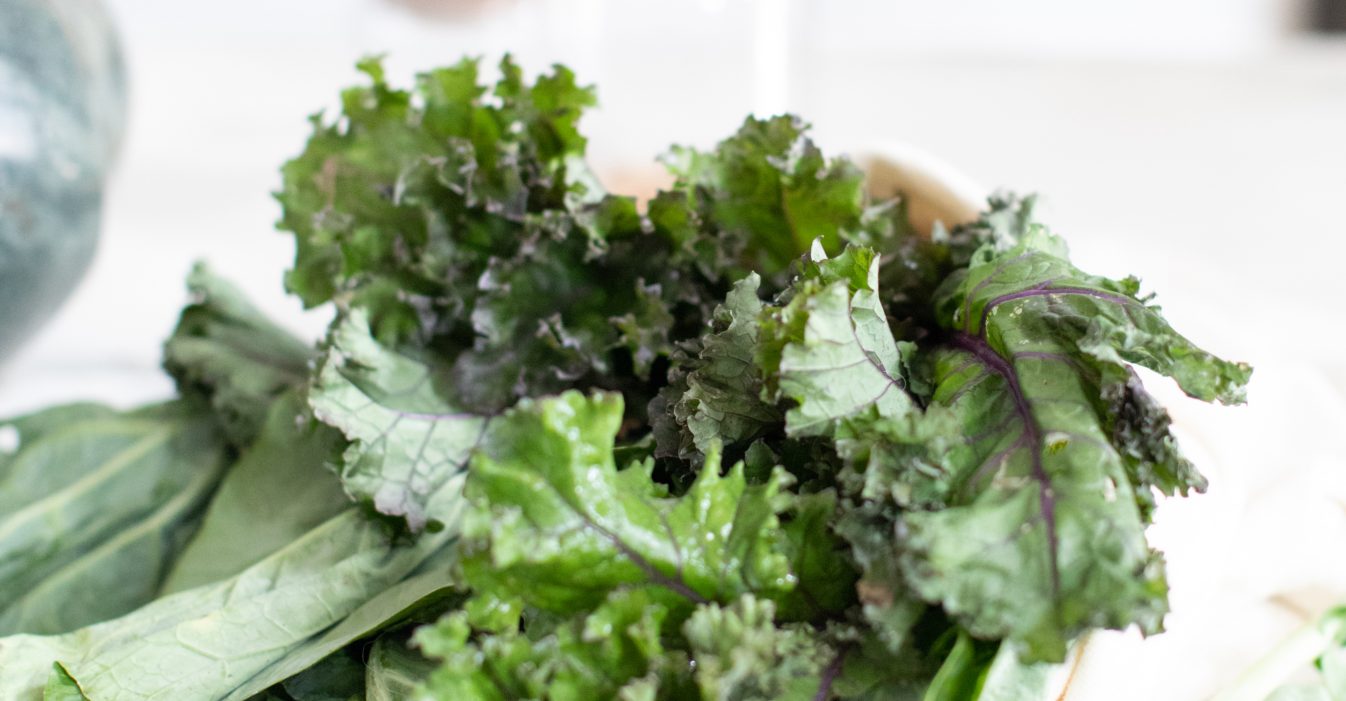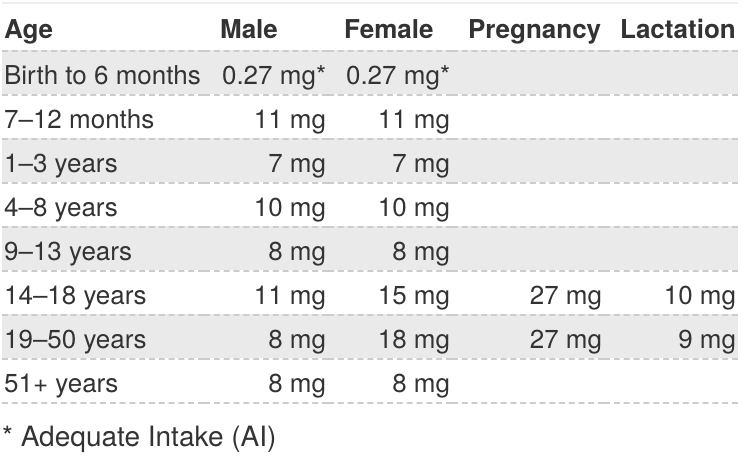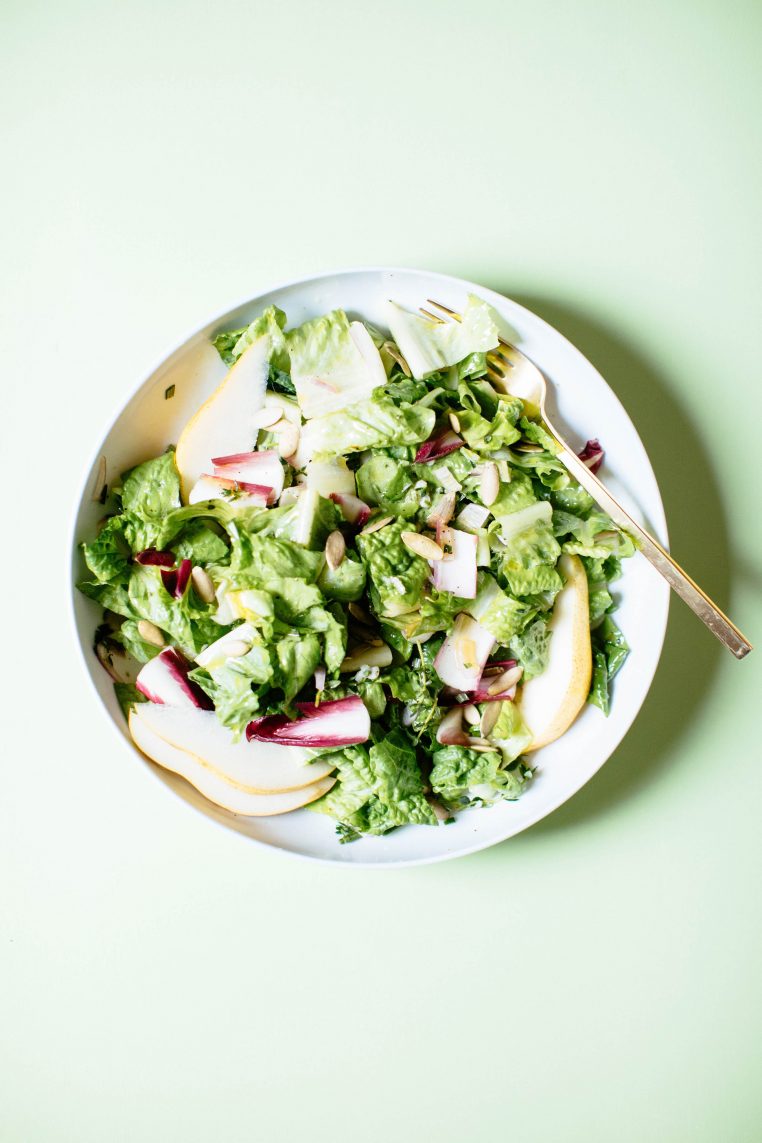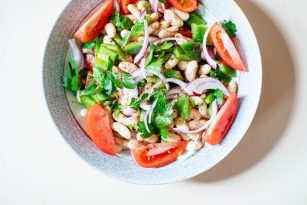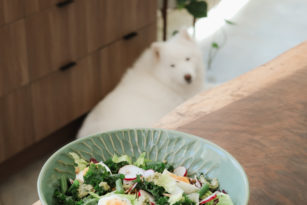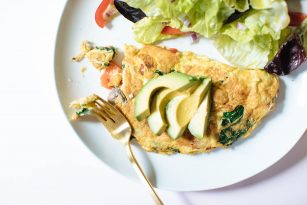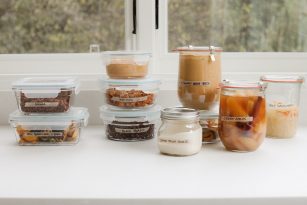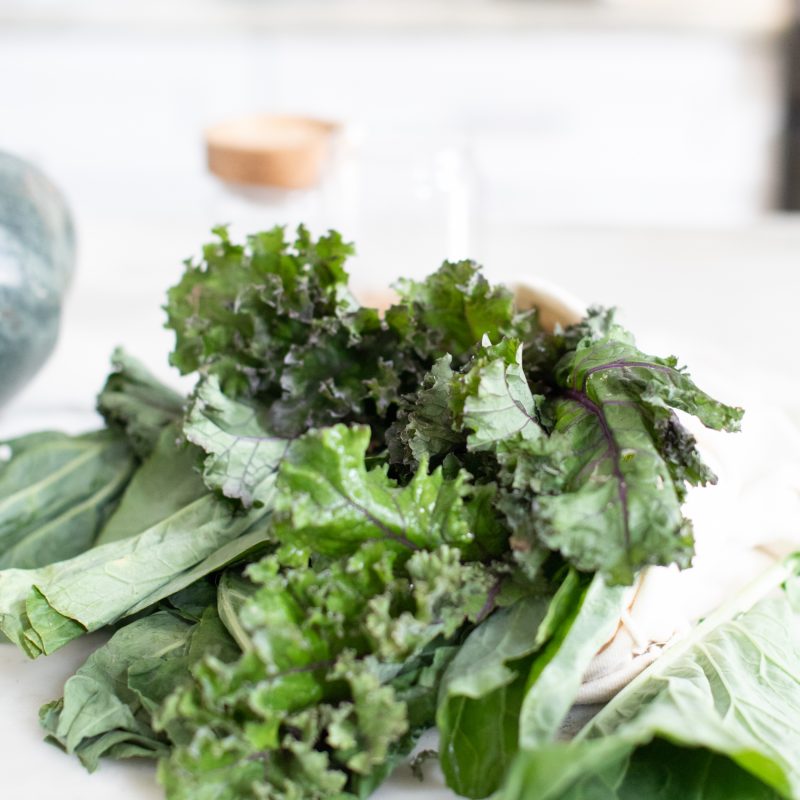Add these 5 delicious vegetarian iron-rich foods to your diet to ensure you’re meeting your daily needs!
Iron is one of the essential nutrients, meaning it’s vital we choose food sources with viable iron in them. Without food sources of iron, the body is unable to synthesize it on its own.
When we hear iron, we often first think of animal-based sources rather than plant-based. Additionally, iron is one of the most common vegan nutrient deficiencies we see as dietitians.
Fortunately, there are plenty of ways we can get iron through a plant-based diet alone.
Plant-Based Iron vs. Iron in Meat
Before we start talking food sources, there’s a key difference between plant-based and animal-based iron we need to discuss.
First, we have plant-based iron (otherwise known as non-heme iron or ferric iron). Plant-based iron is a little bit harder for the body to absorb and utilize, but consuming it with vitamin C makes absorption easier. This form of iron is also found in iron-fortified foods such as cereals and enriched breads.
Then there’s animal-based iron (otherwise known as heme iron or ferrous iron). Because this form of iron is not as difficult to utilize, the addition of vitamin C is not needed.
Moral of the story, when eating a plant-based diet, add in some vitamin C to your meals whenever you can! You can do this with a squeeze of lemon, some bell peppers, an orange slice or even some sweet potato.
The vitamin C will promote optimal absorption of the plant-based iron to prevent significant deficiencies.
Why Is Iron Intake Important?
Iron has a hand in a few major functions throughout the body.
It’s primarily known for its role in creating hemoglobin, a protein in red blood cells that carries oxygen from the lungs to various other parts of the body. It’s also involved in the production of myoglobin, a protein that specifically provides oxygen to muscles (1).
Iron even participates in the production of hormones, physical growth, cellular functioning and neurological development as well (2).
How Much Iron Do You Need
For the average healthy person, personal iron needs are based on both your age as well as your gender. You can use the RDA’s (Recommended Dietary Allowances) presented by the NIH Office of Dietary Supplements for reference (see below).
It’s important to note that because these guidelines are set for the average healthy individual, if you have any sort of nutrient concern or disease state, these numbers may need to be slightly adjusted.
Be sure to chat with your primary care physician as well as your registered dietitian to determine if you need to adjust these recommendations based on your specific needs.
How Do You Know If You’re Deficient?
There are quite a few symptoms you can keep an eye out for if you think you may be deficient in iron.
When you’re not consuming enough iron you may feel low in energy, experience dizziness, have shortness of breath, or find your skin tone to be paler than your usual skin tone. You may also experience changes in your menstrual cycle, headaches, heart palpitations or really dry, brittle hair.
Your skin and nails may also be dry or brittle, and you may experience restless legs, an increase in food cravings such as strange foods like chalk or ice, feel colder more often, and may have an increase in anxiety.
Once diagnosed, an iron deficiency may result in iron deficiency anemia.
5 Vegetarian Iron Rich Foods
Below are five vegetarian iron rich foods you can start adding to your diet today! While you can also use an iron supplement to increase your intake, these supplements are often associated with symptoms of constipation and nausea.
Start with your diet, then touch base with a dietitian if you’re wondering whether or not a supplement may be right for you!
1. Nuts And Seeds
While nuts and seeds are a great source of plant-based iron, there are a few particular varieties that contain higher levels than others.
Hemp seeds, pumpkin seeds, flaxseeds, sesame seeds, macadamia nuts, cashews and pine nuts are all great examples of this.
Nuts and seeds can be consumed in a variety of fun different ways! From adding them to your afternoon salad to having nut or seed butters as a snack with non-starchy vegetables or your favorite crackers, you can add them to almost any type of meal.
Our cashew cheese is one of my favorite examples of this!
2. Beans & Legumes
Beans and legumes are a great staple to have within a plant-based diet. Not only for their protein content, but for their iron content as well.
Soy beans, chickpeas, navy beans, white beans, lentils and black-eyed peas are all great examples of beans you can use for their iron content.
Don’t forget – tofu is also derived from soybeans, making it a great option as well. Beans and legumes can be added to bowls, had as a side dish or mixed into a bean salad.
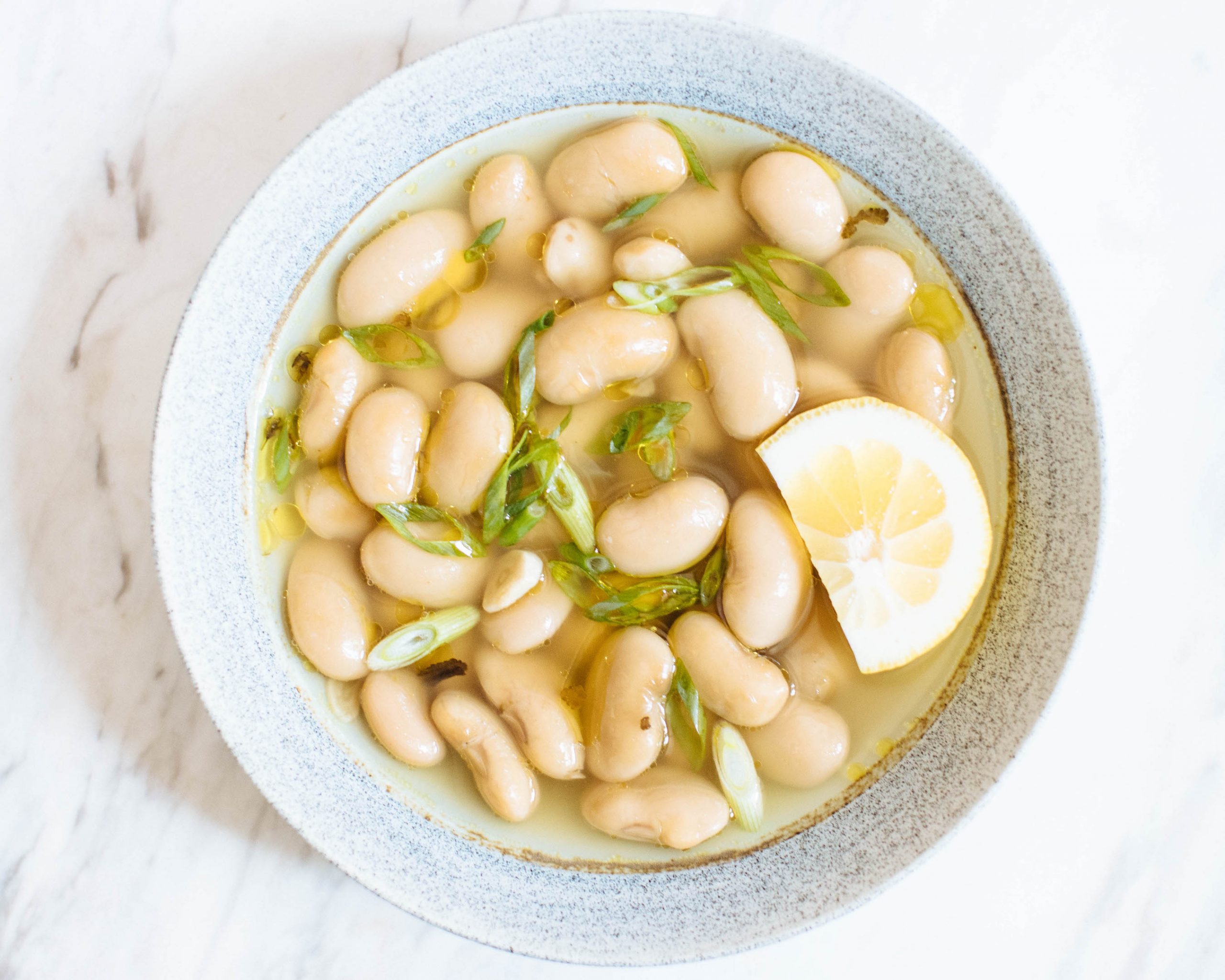
3. Whole Grains
Grains that have been minimally processed and left in tact are best to use for their iron content. Quinoa, amaranth, spelt and oats are all great examples of this!
Whole grains are delicious in grain bowls, oatmeal and even some baked goods.
An important note: both whole grains and legumes have something called phytates present in them, which has been shown to block your body’s absorption with iron. Just be sure to have a variety of foods with iron in them rather than just whole grains, beans and legumes, and add in some vitamin C wherever you can to promote absorption as well.
4. Sun Dried Tomatoes
When dried, tomatoes have a much higher concentration of iron than when they’re raw. For example, one cup of sun dried tomatoes has 4.9 mg of iron whereas a cup of raw tomatoes only has .4 mg (3, 4).
Our simple sun dried tomato pasta is a delicious way to get more of these into your diet!
5. Leafy Greens
The list of health benefits leafy greens have seems to know no bounds!
Swiss chard, kale and spinach are all great examples of iron containing leafy greens. Add some of these to your avocado toast, breakfast smoothie or simply in a salad. You can cook them down if you prefer the softer texture or keep them raw for a bit more crunch!
If you’re looking for a fun new recipe to try, our spinach basil pesto is super versatile and easy to make. Add it to your sandwiches as a spread, your salads as a dressing or your pastas as a sauce!
Put It Into Practice
Now all you have to do is start incorporating these food items into your meals! Tag us on instagram when you do @nutritionstripped @nutritionstrippederica.
We can’t wait to see how it goes!

